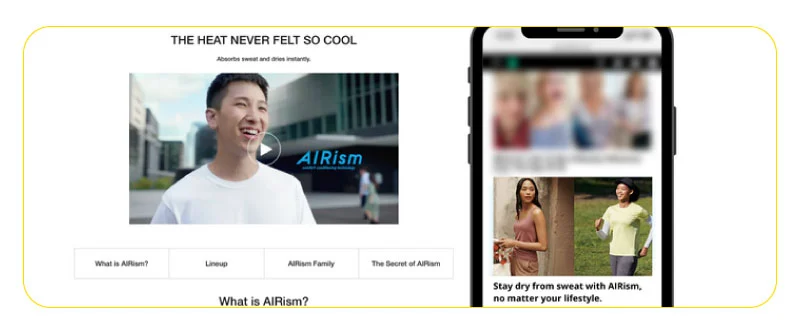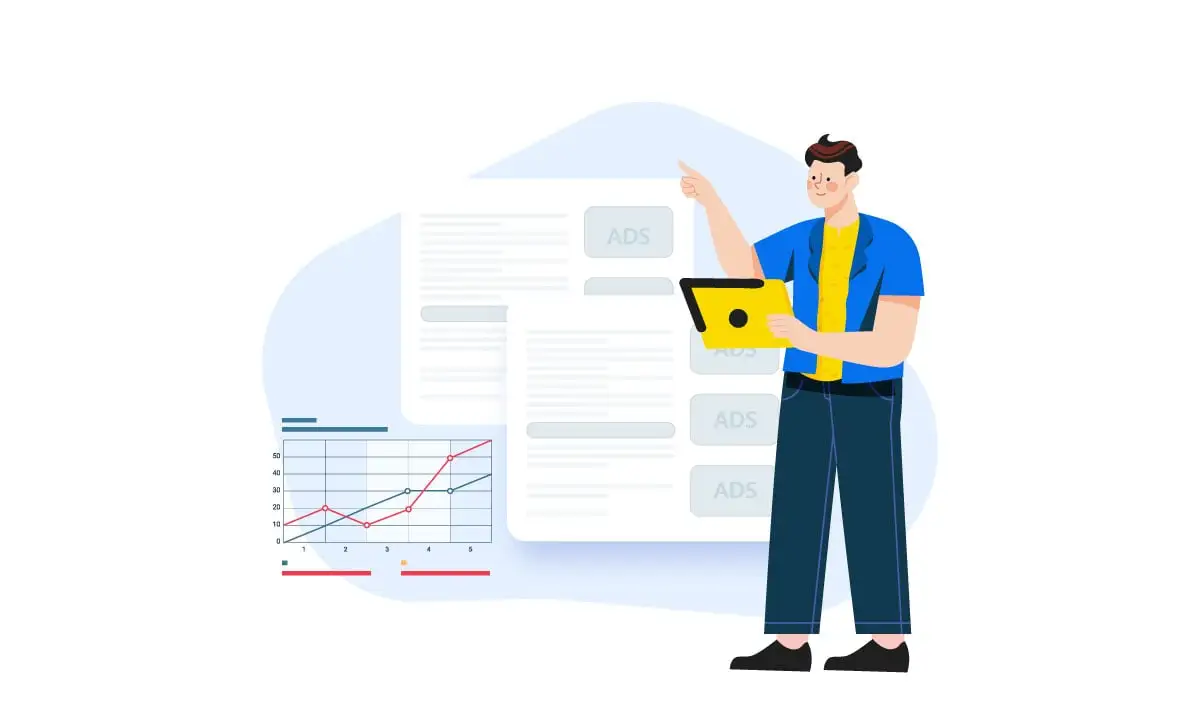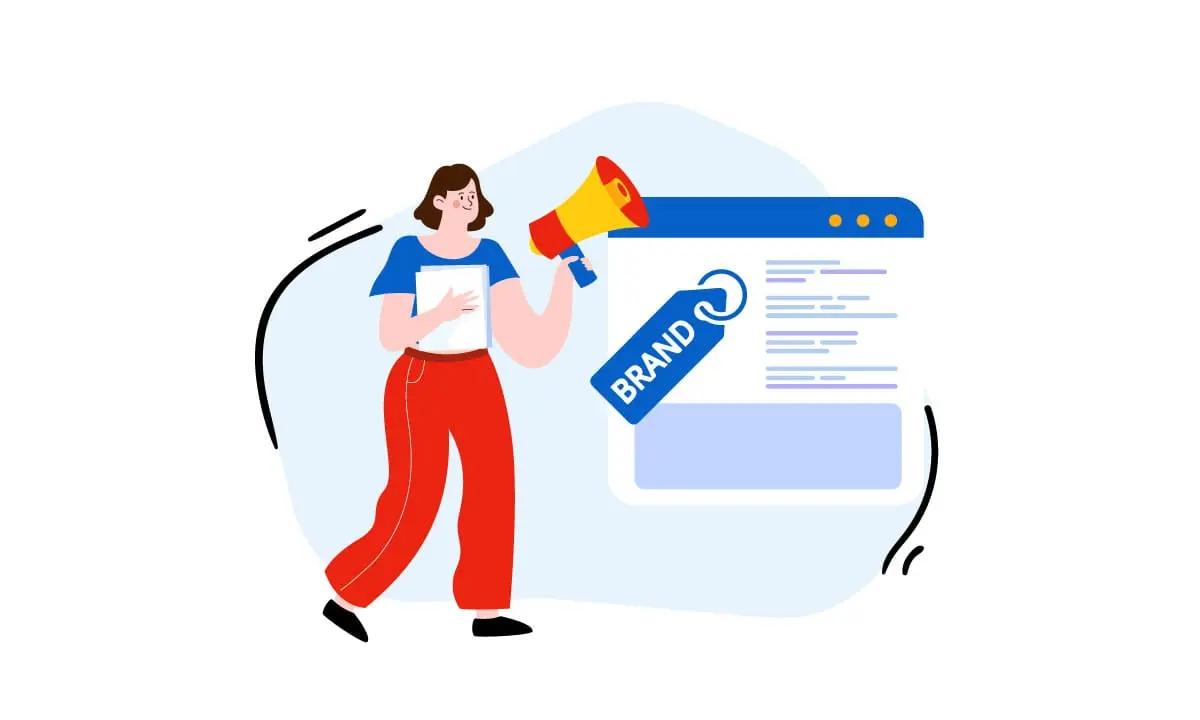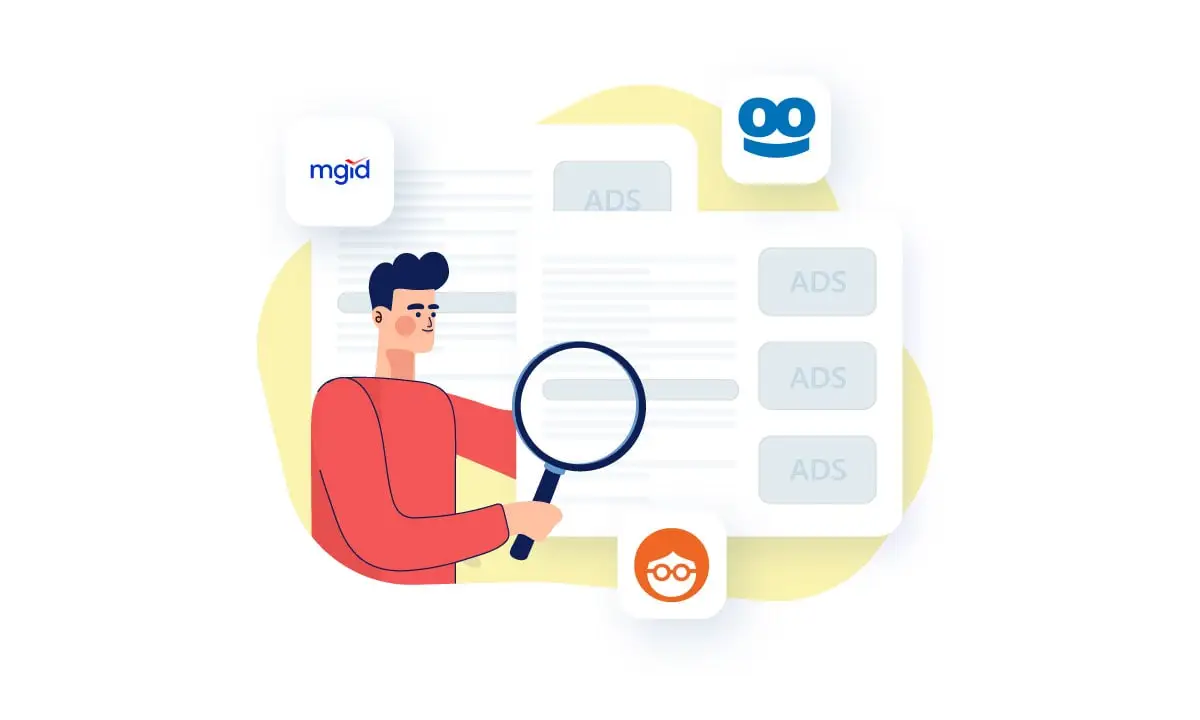As a business owner or advertiser, have you ever tried to look through the consumer’s eyes? People are literally bombarded with different types of ads every day. In the digital age, almost every online platform has some capacity to serve ads to a large audience for a reasonable price.
And while digital advertising is arguably the most efficient marketing method available, it still has to deal with a very problematic phenomenon: Ad fatigue. Simply put, the audience gets sick of seeing so many ads while venturing into its online habitat. Native advertising has emerged to counter that effect, and it does it quite well. But the thing is, utilizing native ads in your strategy means walking on a very thin line between respecting the online experience of your audience and masking the true nature of your ads.

Knowing the secrets of native advertising will greatly help you along the way to take the most out of this approach without facing a backlash from your target audience.
What are native ads?
So, what is native advertising exactly? Probably, you have already heard a definition of native ads. Generally, it’s something like this: “Ads that take the look and feel of their surrounding content.” And while this definition really helps in understanding the concept of native ads, it’s in no way clear-cut. There are still a lot of debates going on as to what exactly native ads are. We don’t intend to get too philosophical and bore you with the specifics. We believe the aforementioned definition is good enough for most advertisers to understand the concept. Native ads are non-invasive and are designed to blend in with the organic content of the host platform as much as possible. These words do not imply that native ads deceive the audience and hide their true nature.

Native ads have been around for quite a while, and although they were once seen as somewhat secretive about their intentions, the landscape has changed significantly. In one way or another, native ads do clearly express their promotional nature to viewers. Either with a small “sponsored content” tag or an icon, they give away the difference between them and other content on the platform. You might think this totally negates the whole purpose of native ads, but that’s actually not true.
Even though people know they’re seeing ads, they get way less annoyed by them. Native ads DO counter the effect of ad fatigue and have a huge potential to connect you with your prospects. In 2016, it was estimated that native display ads will make up 74% of total display ad revenue in the US by 2021. Skipping out on native advertising means giving up on a golden opportunity to remarket and attract customers with lower buyer intent.
Test, test, test (and then test even more)
Running a native advertising campaign is usually trickier than traditional campaigns. Since the whole point is to be non-invasive and non-disruptive, you need to test different combinations of ad copy, headlines, and creative assets to find out which one works best. Luckily, major native ad networks give you the option to split-test your ads, and with the huge amount of analytics data at your disposal, it’s easy to find out which ones your audience is not resonating with and scrap them.

Native advertising success takes time (and money)
Don’t expect to get mind-blowing results without spending enough time, energy, AND money on your native ad campaigns. Keep in mind that just like other advertising methods, you’re bidding for spots against many brands like yourself. And native ad networks greatly differ in terms of coverage, traffic volume and quality, and requirements. You might have to spend a considerable amount before breaking even, but once you get the hang of it, it’s mostly downhill from there. Don’t give up on your campaigns too easily.

Your landing page is more important than you think
Consider your goal with your native ad campaign when designing a landing page. Based on which network you use, you may have to drive traffic straight to your sales or lead generation page or through an advertorial content landing page.
After you find out which combination complies with your network’s requirements, optimize your land page design as much as possible. Extensive A/B testing will show you the errors of your design and helps create more focused pages that drive visitors to take your desired action, whether it’s subscribing to a newsletter or making a purchase.

Tell a story your audience wants to hear
There’s a reason why people are less hostile towards native ads. In addition to having a smaller impact on their online experience, good native ads bring value. Successful native campaigns focus on what the reader/viewer wants to see. They take a step away from the desired business outcomes and provide the audience with engaging and informative content that they’re not only willing to check out, but also share with friends. Make sure to research your audience, take their perspective, and think about how you can give them what they want with your campaign.

Be transparent toward your audience
Honesty and transparency are very important when it comes to native advertising. Once you get the hang of it and come up with the perfect combination of valuable content, optimized creatives and copy, and a highly-focused landing page, there’s no need to hide the fact that you’re providing the readers with paid content, because they wouldn’t even care. A simple “sponsored content” label would suffice. You can also read more about Native ad spy
Conclusion
With each passing year, native advertising is getting more attractive for marketers who are looking for a highly-efficient, scalable way to engage with their audience, without exhausting them with disrupting, boring paid content. With the right attitude and good knowledge of your target audience, native advertising could become a big win for your business.
FAQs
What makes native advertising successful?
Native ads take the look and feel of the surrounding organic content. Therefore, they have little impact on the online experience of the target audience. Blending in with other content is not just limited to design and placement. Native ads tend to bring more value to viewers with useful, informative content and look less paid and promotional.
Why is native advertising so controversial?
Since native advertising deals with the concept of “not disrupting the audience’s online experience”, it might strike as “deceitful”. Especially in the past, many channels hid the fact that they were serving ads as organic content from users, which led to controversies and hot discussions to this day.
What are the ways to spot native advertising?
Nowadays, it is not so difficult to spot a native ad among organic content on a channel. Advertisers are obliged to label their native ads with a tag that shows their promotional nature. Other than that, Native ads are still ads, meaning they ultimately have the goal of promoting a brand, product, or service and convincing the viewer to take an action desired by the advertiser.







 Facebook Ads Spy Tool
Facebook Ads Spy Tool TikTok Ads Spy Tool
TikTok Ads Spy Tool
2 thoughts on “Hidden Secrets Of Native Advertising You Should Know About”
I don’t count any of these as a “hidden secret” but thanks it was helpful. Looking forward to more advanced native advertising tips from you.
Thank you Róża. Stay tuned for more tips on native advertising from AdFlex